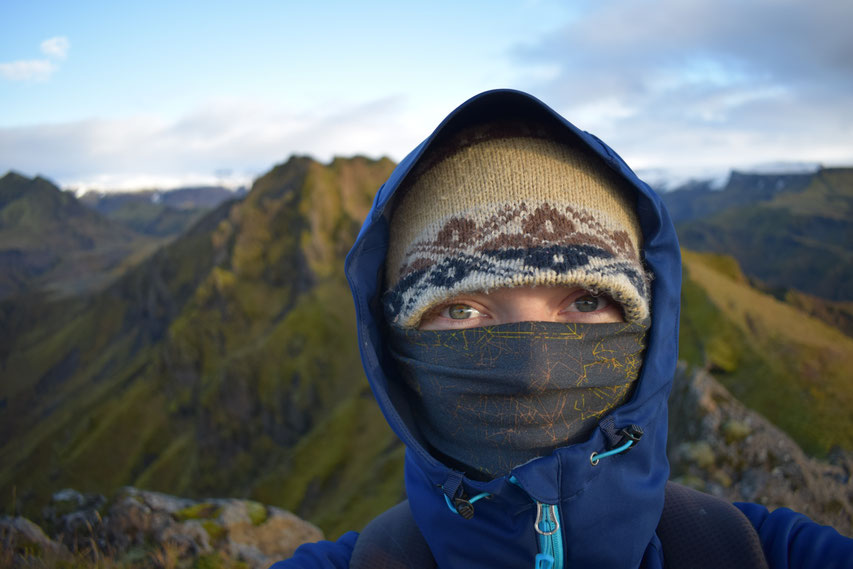
2018 was my second Summer in the Icelandic Highlands. My job as a warden revolves around the Laugavegur hiking trail and its campsites.
Passing through areas of colourful geothermal activity; across snow plains; over ice bridges; through vast, black lava fields; and finally down into a twisted birch forest with the view out towards two glaciers – all within 56km – it's no surprise that the Laugavegur is Iceland's most famous hiking trail. It's an incredibly beautiful trek, but for every nine people I've met having the time of their lives, there was [at least] one who hated it. Aside from a defeatist attitude or serious lack of physical fitness, the most certain thing to ruin your hike is the lack of adequate gear. Though temperatures are not that much more extreme than many other places in Europe, the wind can get phenomenally strong, and you'd be very lucky to pass a whole day without having to don your waterproofs.
Before catching a bus to Landmannalaugar (or Þórsmörk), please also read these articles I wrote about how to prepare for hiking the Laugavegur trail and how to read the weather forecast. They include everything else you should know.
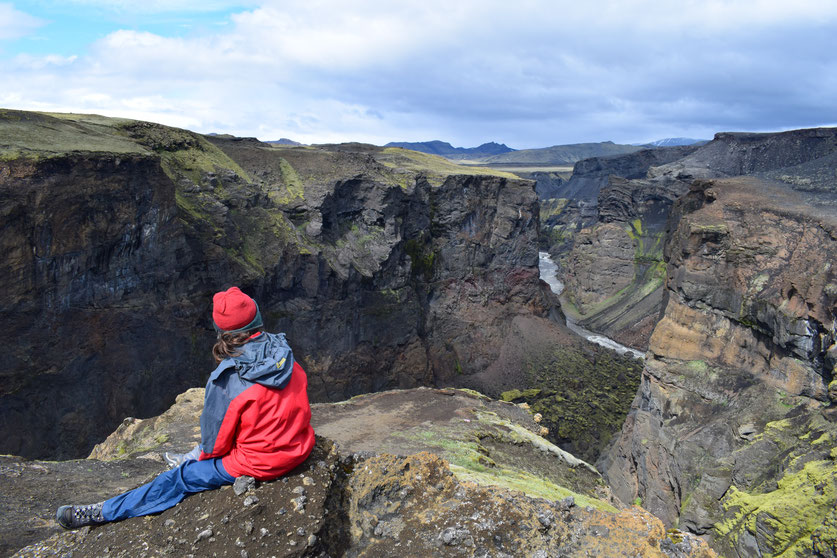
This list is meant as a guideline. Everyone has different comfort levels and before attempting the Laugavegur, you should have some experience of hiking (and camping if that's how you will
sleep) in a colder climate. It is not a good idea to be testing your kit (tent, boots and water-proofs especially) for the first time in the mountains.

Keeping a dry set of clothes to sleep in is essential.
Clothing (adjust quantities according to experience and expected completion time).
Those which you should have in the highest quality are listed first.
- Good walking boots (water-proof and worn in). Leather is probably preferable.
- Water-proof, breathable jacket (with hood).
- Waterproof trousers.
- Wool/wool blend socks will stay warmer if wet (one pair per day).
- Thick, warm jumper in wool/fleece or a down (type) jacket (for sitting down in the evenings).
- A wind-breaker jacket of some sort.
- Hiking trousers (one or two pairs depending on quality of waterproof trousers).
- Gloves (preferably rain-proof), if they are not rain proof, maybe take two pairs (wool preferable).
- A warm hat (whatever you are comfortable in, again wool is warm when wet).
- Long sleeved base-layer (two or three including one wool blend/warmer for sleeping in).
- Quick drying t-shirt (one or two).
- Micro-fleece/mid-layer warm top suitable for hiking in.
- Long thermal underwear (for evenings, sleeping or if you find that you are too cold while hiking).
- River-crossing sturdy sandals or wet-suit shoes. You may also like to have hiking poles.
- A buff type thing (for hiking) and probably a scarf (for evenings) too.
- Underwear (whatever you are most comfortable in).
- Gaiters (needed especially in late June when there is still a lot of snow).
- A swimming costume (for Landmannalaugar).

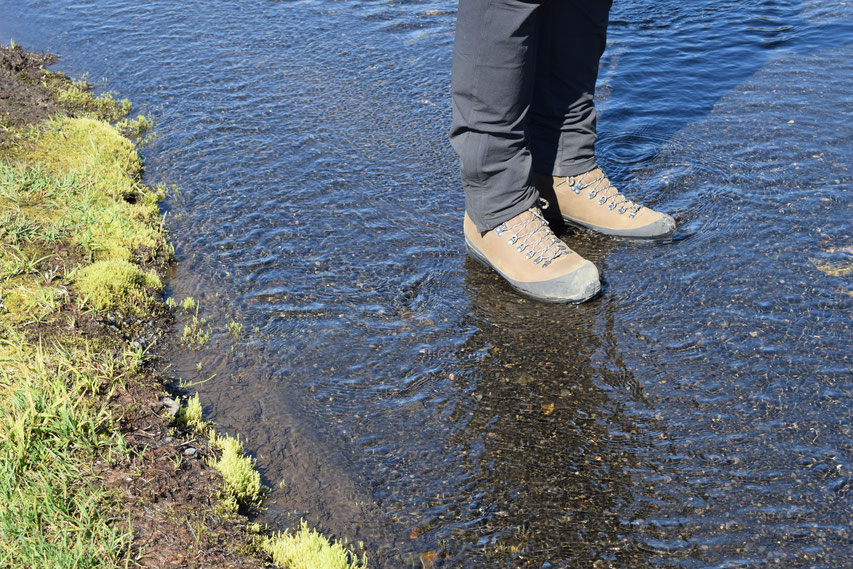
To stay in the accommodation huts, you should book well in advance. If you are an inexperienced camper or nervous hiker, this is by far the most sensible option, as it will allow you to relax at the end of each day. The communal sleeping arrangements are very basic, but safe, warm and dry. If you decide to camp, be aware that there will not be somewhere inside for you to sit. In some of the campsites there is not a lot of shelter at all, so you need to be self-sufficient.
Camping Equipment...
In the same order as before.
- A strong tent. The wind can destroy weak/badly put up tents very easily. Take some extra strings, pegs and gaffa-tape for emergencies.
- Warm sleeping bag - look at the comfort rating (not the extreme rating) and be sure that it can go lower than 0°C.
- Cooking equipment - a small gas stove, several lighters and matches (protected from water), a pot and spoon at least (you can buy screw-top gas easily in Iceland).
- First aid kit.
- Dry bags to keep your clothes and sleeping bag safe (several strong plastic bags are also workable).
- Waterproof bag cover (might come with your bag).
- A map (you can buy these at Lanmannalaugar/Þórsmörk) and compass. The trail is well-marked, but it is important to know the names of the huts, so you can follow signs. Do not rely upon just a phone!
- Reusable water bottle (pretty much all water is safe to drink without boiling).
- Roll mat - you need one, but it doesn't need to be expensive.
- A strong needle and thread/dental floss for emergency repairs.

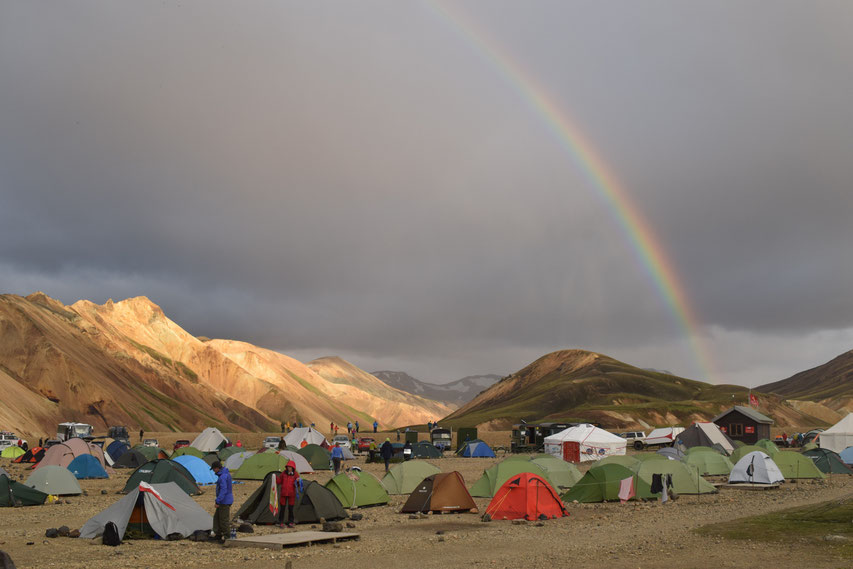
Electronics...
Essential:
- An unlocked phone (so you can buy an Icelandic sim) or international sim card. The emergency number is 112.
- A power-bank. It generally not possible to charge anything at the campsites.
Advisable:
- A GPS device is not usually essential, but it might save you in bad weather. Early in the season when there is a lot of snow and markers may not yet be visible, it is definitely advisable to have one.
- Torch (depending on time of year, you probably don't really need one - check hours of sunlight).
- A camera (surely!) and way to keep it dry. A spare battery is advisable.

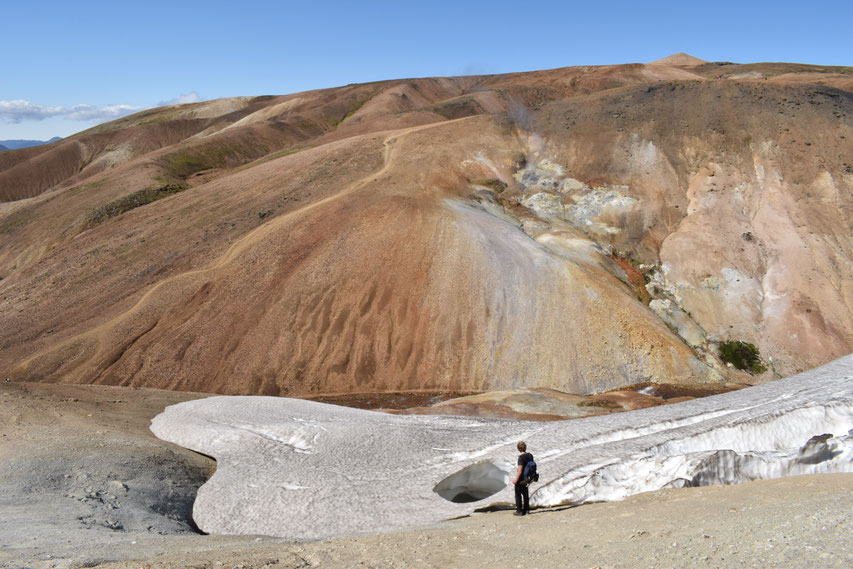
Food and other things to remember...
Take all the food you expect to need for the amount of days you plan to hike, plus extra snacks and one day's supplies for being stuck in bad weather or emergencies. Don't underestimate the amount of calories you will want to eat - it is not the time to diet! You can also stock up in Landmannalaugar, and now most of the huts along the way have some basic snacks, but it would probably be rather expensive to buy enough food for your whole hike in those.
I haven't yet included toiletries/soap for washing-up dishes and assume you don't need my reminder to include your toothbrush... do you? Some of the huts have hot showers, but you must buy a ticket from a warden (Emstrur still take 5 x 100kr coins). It is always better to use environmentally friendly, biodegradable soap. Take a small amount of sun-cream, lip-balm and sunglasses. Maybe you want a tiny towel?
It can be preferable to pay with cash as many of the huts run on unreliable solar power, but technically they do all have card machines if this is not possible.
Please also read my extensive guide on how to prepare and what to expect from the Laugavegur.
Happy packing!
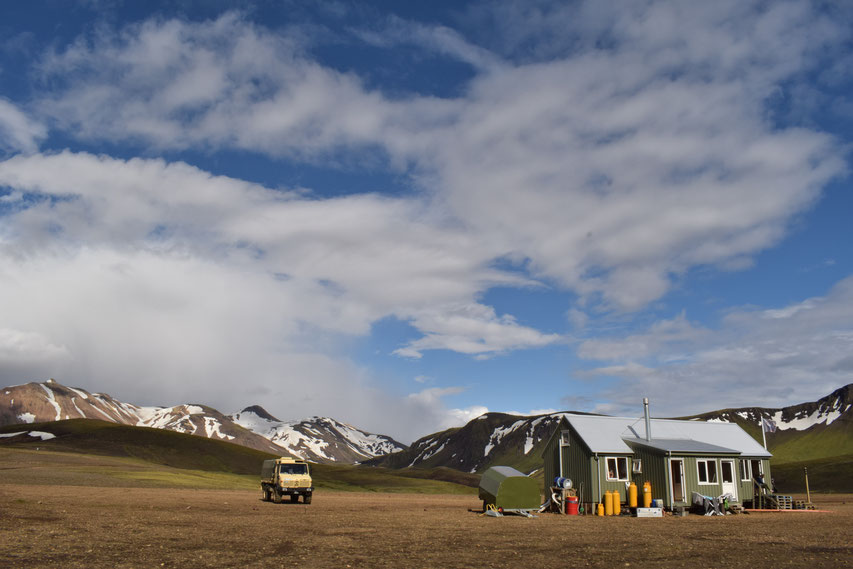
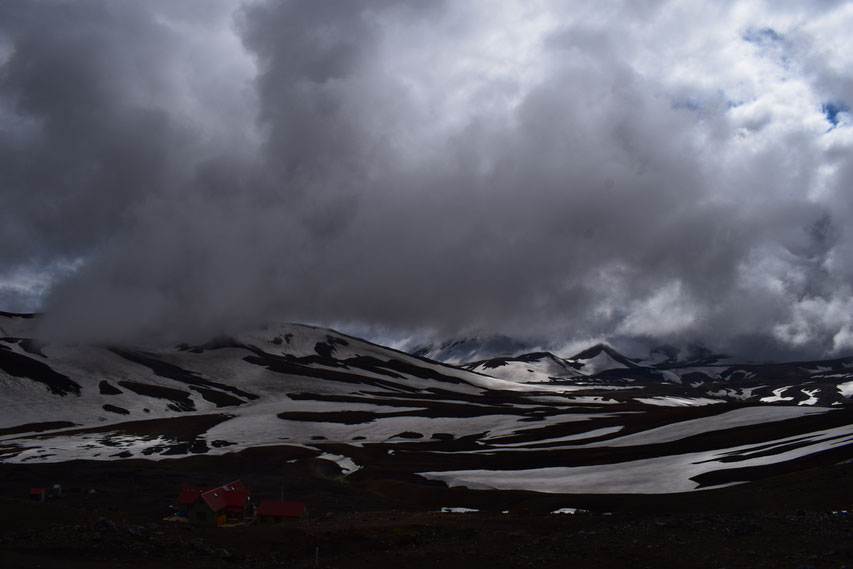
Before coming to start the hike, please also read this article about how to prepare and what to expect when you are hiking the Laugavegur trail. It is everything else you should know.
I have also written about day hiking from Landmannalaugar and how to check the weather on "Veður" or "Belgingur".
I have also written three more whimsical posts about living and working in the mountains...
- 100 days of sunlight - Þórsmörk, Goðaland and Fjallabak.
- Falling for Fjallabak.
- Completing the circle - þórsmörk.